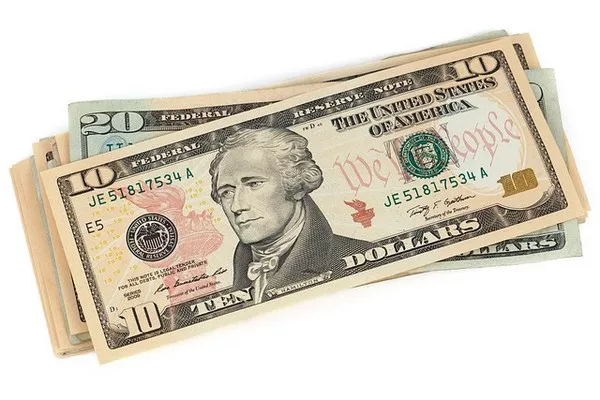In today’s global economy, the value of the U.S. dollar can significantly impact investment decisions and outcomes. A strong dollar can present both opportunities and challenges for investors, depending on their objectives and the sectors they are considering. Understanding how to navigate investments in a strong dollar environment requires a nuanced approach and strategic thinking. This article delves into effective investment strategies tailored for a robust dollar scenario.
The Impact of a Strong Dollar
A strong U.S. dollar, relative to other currencies, can influence various aspects of the investment landscape:
International Investments: A strong dollar can make international investments relatively cheaper for U.S. investors. When the dollar appreciates against other currencies, foreign assets and investments become more affordable in dollar terms. However, this can also lead to currency exchange rate risks.
Import-Export Dynamics: Companies involved in international trade may experience shifts in profitability due to currency fluctuations. A stronger dollar typically makes U.S. exports more expensive for foreign buyers while reducing the cost of imports, impacting multinational corporations’ revenues and earnings.
Commodities and Resources: Commodities priced in dollars, such as oil and gold, often experience price movements inversely correlated to the dollar. A stronger dollar generally depresses commodity prices, potentially affecting related investments.
Investment Strategies for a Strong Dollar
When investing in a strong dollar environment, investors can adopt several strategies to optimize their portfolios:
1. Diversification with International Exposure
Despite potential currency risks, international diversification remains a compelling strategy. Investors can capitalize on a strong dollar by selectively investing in foreign stocks, bonds, or mutual funds. Look for economies poised for growth and companies with strong fundamentals that are undervalued due to currency effects.
2. Focus on Domestic Sectors
Certain sectors tend to benefit from a strong dollar. These include:
Consumer Staples: Companies producing essential goods tend to perform well regardless of currency fluctuations.
Technology: U.S. technology firms often lead global innovation and can benefit from a strong dollar by gaining cost advantages in international markets.
Healthcare: This sector is less sensitive to currency movements and can provide stability during currency fluctuations.
3. Currency Hedging
For risk-averse investors, currency hedging can mitigate the impact of exchange rate fluctuations on international investments. Currency hedging involves using financial instruments like futures or options to offset potential losses due to currency depreciation.
4. Tactical Allocation
Adjusting asset allocation based on currency forecasts can be beneficial. If experts predict a prolonged period of dollar strength, overweighting domestic assets and underweighting foreign holdings might be prudent. Conversely, when anticipating dollar weakness, increasing exposure to foreign assets can capitalize on potential currency gains.
5. Quality and Value Investing
Emphasize quality and value when selecting investments. Look for companies with strong fundamentals, stable earnings, and competitive advantages. Even in a strong dollar environment, quality investments tend to outperform over the long term.
6. Monitor Economic Indicators
Stay informed about economic indicators influencing currency markets. Factors like interest rate differentials, inflation rates, and trade balances can impact currency valuations. Adjust investment strategies based on evolving economic conditions.
Case Study: Investing in a Strong Dollar Environment
Consider a hypothetical scenario where the U.S. dollar has appreciated significantly against major currencies. Here’s a sample investment strategy:
Allocate 70% to Domestic Equities: Focus on sectors like technology, healthcare, and consumer staples.
Allocate 20% to International Equities with Hedging: Invest in foreign stocks while hedging currency risks to mitigate potential losses from currency depreciation.
Allocate 10% to Commodities and Real Assets: Include commodities like gold or real estate as a hedge against dollar strength.
Risk Management in a Strong Dollar Context
While a strong dollar offers advantages, it’s essential to manage associated risks:
Currency Volatility: Fluctuations in currency values can impact returns from international investments.
Interest Rate Risks: Changes in interest rates can influence currency values and investment performance.
Geopolitical Factors: Global events and political developments can affect currency markets unpredictably.
See also How Close Is The Dollar To Collapse?
Conclusion
Investing in a strong dollar environment requires a strategic approach that balances opportunities with risks. Diversification across asset classes, regions, and currencies can enhance portfolio resilience. By staying informed, leveraging hedging strategies, and focusing on quality investments, investors can navigate the complexities of a strong dollar and position themselves for long-term success in global markets.


